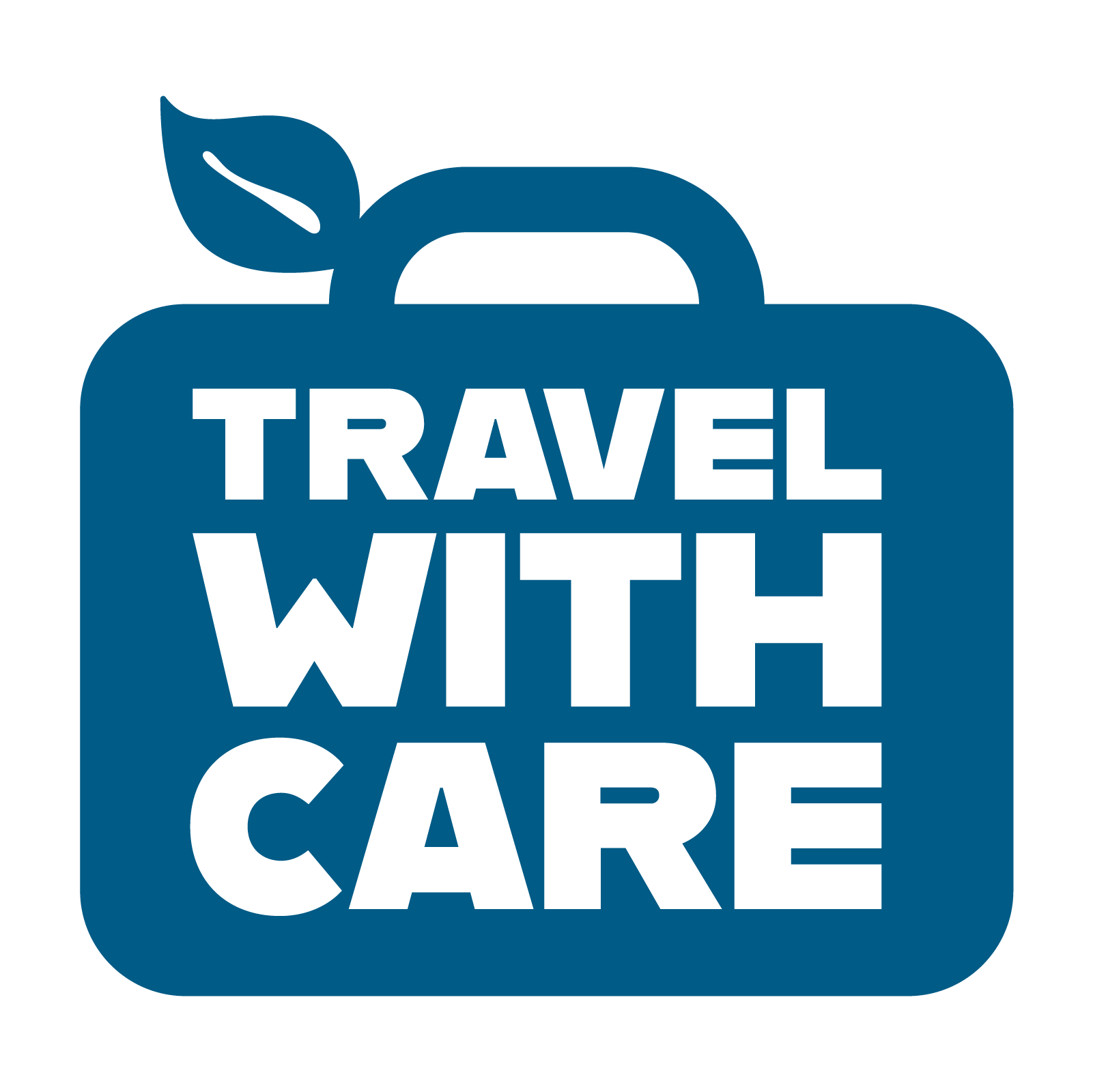
08 Apr Implementing Curfews to Combat Overtourism
How can you combat overtourism?
One emerging strategy is the implementation of curfews in high-traffic tourist areas to regulate visitor flows and protect local life. The Bukchon Hanok Village in South Korea is among the latest destinations to explore this approach, setting an example for others.
Curfews can be a practical tool for managing visitor behavior while preserving local culture and infrastructure. By restricting access to popular sites during specific hours, destinations can reduce congestion and noise pollution, particularly in residential areas which can improve the quality of life for locals. Additionally, curfews can encourage visitors to explore less crowded areas at different times of the day and promote a more respectful and mindful travel culture.
The Bukchon Hanok Village implemented a curfew in response to residents who complained about noise disturbances, invasion of privacy, littering, and more. The government executed a trial curfew in November 2024 before a full roll-out in March 2025. It will restrict access to certain areas of Bukchon from 5pm in the evening to 10am the next morning. Those who violate the restriction could face fines more than $70.
Curfews could be implemented at the government level or within an area. Destinations that are considering implementing curfews should first identify high-impact sites that would benefit from time restrictions. Additionally, collaboration with local residents, businesses, and tourism operators is a key to creating a balanced approach. Designating and defining curfew periods based on data and community feedback must be carefully assessed to minimize disruptions while maintaining economic viability. Working with local authorities to establish clear guidelines and responsible enforcement measures may be necessary. Finally, implement clear communication strategies, including signage, website updates, and tour operator training, to ensure visitors understand and respect curfews.
Curfews are not just about restriction; they are an opportunity to guide visitors toward more sustainable and responsible experiences. DMOs can promote alternative activities outside peak hours, such as early morning tours or cultural experiences in less-visited areas. This approach ensures tourism remains a positive force without overwhelming local communities.

